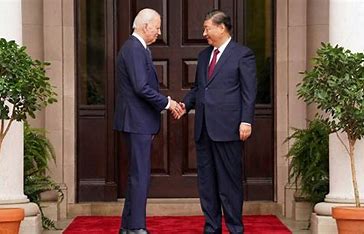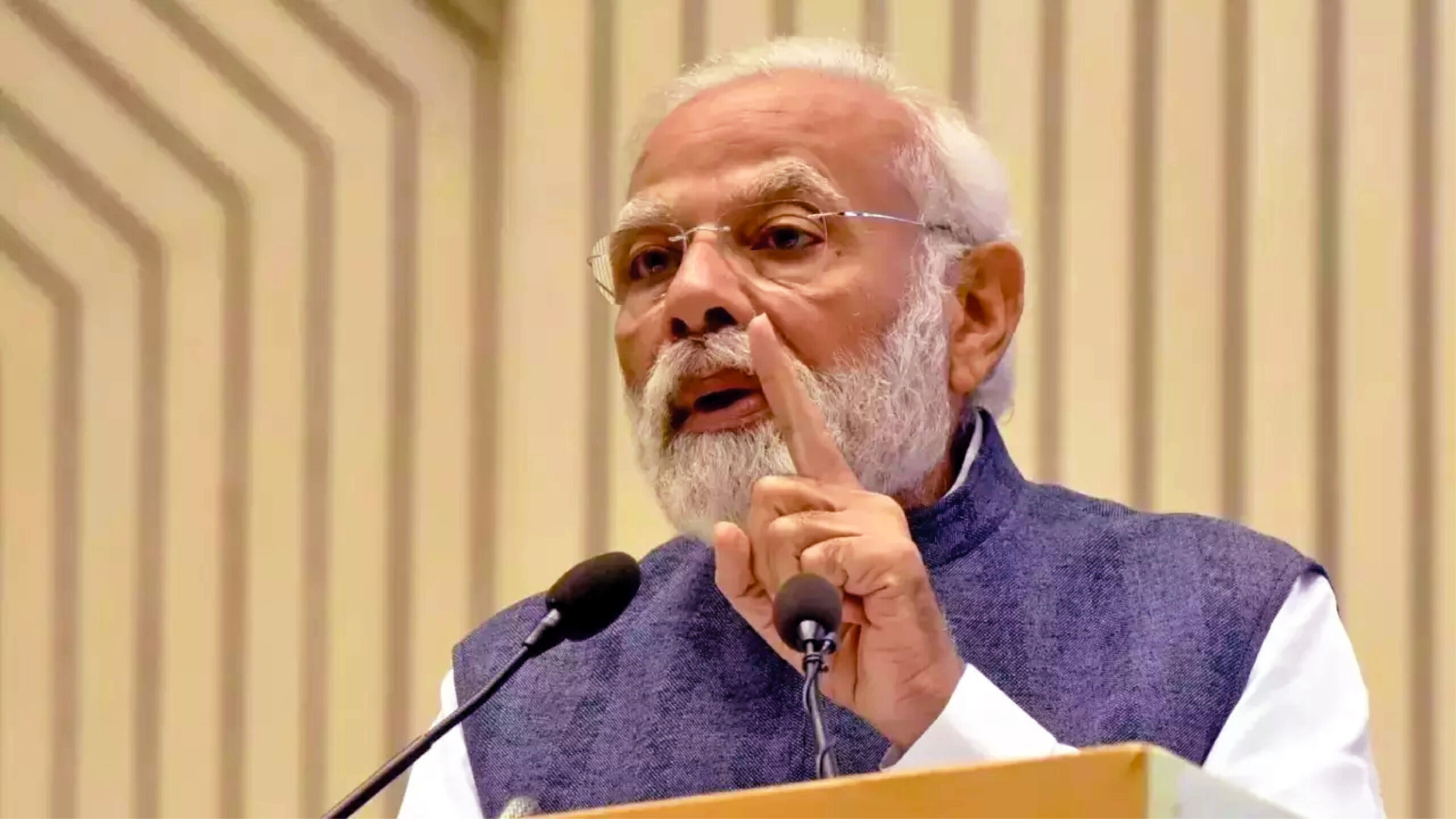
This 22 May, we will observe the International Day for Biological Diversity (IDB) again. Twenty years ago, the United Nations had decided to dedicate this day to increasing awareness about the millions of plant and animal communities living with us on planet earth and providing food, life and immunity to mankind. One could imagine why the Convention on Biological Diversity (CBD) became the most contestable to be cleared through the Rio Summit of 1992.
Biodiversity is not just about the conservation of species, it is about the life and health of human beings too. All seeds, pharmaceutical products, foods, germplasm labs spread across the world’s biodiversity resources are controlled by top corporate bodies like Pfizer, Colgate-Palmolive, Johnson & Johnson, Monsanto, Procter & Gamble, Nestle, Bayer and Dupont, to name a few. Even during the Covid-19 crisis of 2020 the global market of genetically modified crops and seeds reached $27.9 billion and is projected to reach $45 billion by 2027. For such huge profits, big companies play brutal games of controlling the grassroots where farmers and forest and tribal communities act as harbingers as well as the constituents of biodiversity. Since 2000 this day has become as sacred as Earth Day which lent a voice to environmental concerns as page one news in 1970. Why the two days were not merged as one is about the fact that while Earth Day evokes the human conscience an urge to protect the planet from wars, chemicals, pollution and deforestation, Biodiversity Day specifically focuses upon genetic resources which are interconnected through millions of years of evolution and need legal and local protection from the conceited eyes of the government-multinational nexus of today.
The CBD was signed and ratified by 150 (currently all 196 except USA) governments immediately after the 1992 Rio Earth Summit. Canada, Australia and Japan, despite being the USA’s close allies, signed the CBD in consideration of their huge biodiversity resources which they need to protect. As negotiations were on at the Rio meet, the anxiety of the USA’s Bush Sr was visible as he frantically moved in and out of the meeting hall to consult the MNCs in a nearby room. America had been a home of the germplasm labs of top multinationals producing those 20 seeds the world used, even though more than 8 to 10 thousand of them were grown by farmers across the world. Signing a convention that prevented access to the biodiversity resources of the Southern tropical states was a huge loss for the germplasm business and till today the CBD remains unsigned by the USA.
Conservation efforts are meaningless without the involvement of local communities or grassroots democracy. It remains a categorical fact of Agenda 21 from where the CBD emerged that governments should do business in a manner that environmental resources are safeguarded, not as a policy for what the late Anil Agarwal of CSE had called ‘pretty trees and tigers’, but resources which are the long-term life and blood of communities. I recollect how in 2009 the Walk for Animals and Habitat team of Gurgaon had rescued 28 young calves transiting from Haryana to UP, on their way to an illegal slaughterhouse.The police was non-supportive as it was a bailable offence and the effort of a life-threatening encounter for them was too much of a price to pay. Somehow, local village supporters managed to help. The police produced the offenders in court and bail was going to be a routine affair over a few minutes. But a passionate outburst interrupted the routine. A local person started speaking his heart out on the loss of more than 40 native species of Haryana due to this illegal and unchecked smuggling of animals pulled out by armed gangs operating in their villages. He begged the court to take cognizance of this fact and not grant bail. He emotionally shared with the judge, who was also a Haryana denizen, that the state which fed milk to the whole region is now unable to feed milk to its own children. The judge stopped to think about what he heard. A silence followed in courtroom 15 of Gurgaon. Shaken by all this information, other lawyers waiting for their turn came closer to hear him. The judge adjourned the court for 20 minutes only to return and send the offenders to Bhondsi jail till further orders. Most people do not even know about the enormity of the problem of plant and animal trafficking, which is an outcome of bad governance. Any government that fails to effectively prevent it is a participant in massive loss of the country’s germplasm which is her wealth for sustainable development.
Biological diversity is the ‘web of life’, not merely single, isolated species. That suggests that full habitats should be protected, not selected areas alone. The British had no idea about the ‘User Land’ (user in Hindi never meant a wasteland which the British finally called it to be) in Indian villages. It was a precious water recharge shed, a grazing ground and provider of clay for the potter communities, besides the shrubs and nuts that every village home needed daily. The Indian legal system in British India, and later independent India led by urbanized lawyers and judges, allowed the sale of wastelands for construction and other developmental activities which in turn created dependence of the villagers on outside resources. Cows and buffaloes started producing less, their life span decreased due to the overuse of hormones to produce more milk, non-farm occupations gradually shrunk and chartered tours of ill-informed developmental brigades from the Centre started landing in rural areas with exotic and ill-conceived projects for village development. Biodiversity was neither a concern nor a developmental narrative in the courtroom as brick, mortar and imported models coloured the perspectives of villagers, mega-developers, multinationals and the dominant local political institutions. In 1992, village afforestation was undertaken, water bodies protection came through, and the conservation of sacred groves also became a law, but it still ought to resonate with judges who were arbiters of allowing avoidable mining, hydroelectric projects, roads and railways in rich biodiversity hotspots of the country. The campaign to save the Silent Valley has been an experience in itself.
Silent Valley was an emotional movement to be a part of in the late 70s. I was just out of college. We heard that the habitats of some rare species including the golden langoor were being submerged in a hydroelectricity project being built across the Kunthipuzha river that runs through the virgin evergreen forest Silent Valley. Then came the studies of Madhav Gadgil and M. Krishnan, the revered environmentalists of the era, which said that Silent Valley is a rarest of the rare biodiversity terrain, the ‘last authentic evergreen forest left’ in India. But the courts repeatedly demonstrated their pro-project bias. In 1979, the late Ch. Charan Singh became the Prime Minister and instituted a fact finding enquiry committee headed by M. S. Swaminathan. However, the Court again rejected the writ plea of environmentalists based upon the committee’s finding. The shocking insensitivity of the courts was further exposed when it said “that it is not for the courts to go into the merits of scientific arguments” and that it is “satisfied that the matters have received attention before the State decided to launch the project”. The campaign to save a biodiversity hotspot was much unsupported by the media, including local Malayalam newspapers which justified the need for electricity and development at the cost of biodiversity. It was only in 1981, that Indira Gandhi returned to power and declared Silent Valley as a protected forest.
Those campaigners, who fearlessly spoke their research through their hearts and surrendered worldly ostentation for the sake of biodiversity conservation, are reducing in numbers. How does one return the works of Rom Whitaker, M. K. Prasad, Madhav Gadgil, M. Krishnan, Claude Alvares, M. C. Mehta and Vandana Shiva to the mainstream today? They have battled with the courts which were expected to do it on their own. Very few judges and lawyers stand by those who insist that biodiversity should get priority over constructions. Scientists reckon that there are actually about 13 million species, though estimates range from 3 to 100 million, which inhabit the country, from the India Gate to the country’s periphery of forests, rivers, oceans and hills. It’s time that the over 3,000 projects which are to start at the fringes of and deep inside forests be stopped till alternative sites and models are discovered. Covid-19 has enlightened us enough on what constitutes development. Big, swanky centrally-air-conditioned malls and office spaces stand as the ugly, haunted dacoits of the habitats of those who could not speak for themselves. If our country’s Ministry of Environment, Forest and Climate Change is able to do it, we will celebrate this Biodiversity Day.
The author is president, NDRG, and former Professor of Administrative Reforms and Emergency Governance at JNU. The views expressed are personal.















